
- Chinese: Business Department 0539-8782638
- English: chau@dengzhuochem.com

- Chinese: Business Department 0539-8782638
- English: chau@dengzhuochem.com

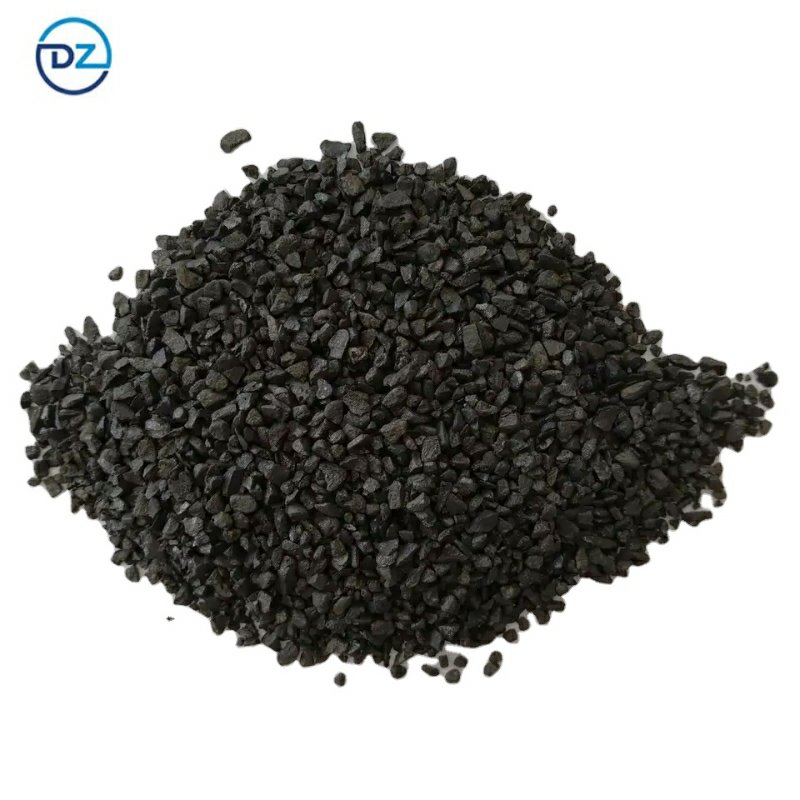
Ammonia Synthesis Catalyst DZC-A201-2
Ammonia synthesis catalyst is used to accelerate the chemical reaction to produce ammonia, a crucial compound used in various industries such as fertilizer, chemical manufacturing and metal processing as well as electronic industry which gets nitrogen from NH3.
DZC-A201 is an iron-based ammonia synthesis catalyst containing a number of selected promoters, which can reduce the activation energy of the reaction, making it easier for N2 and H2 to react to generate NH3, and to speed up the reaction speed.
The reaction is summarized as below:
N₂+3H₂ ⇌ 2NH₃
PRODUCT DESCRIPTION
DZC-A201-2 catalyst is based on the proven ammonia synthesis catalyst DZC-A110 with an improved promoter set. DZC-A201 can significantly increase activity, maximize ammonia yields, and allows operation with low pressure and wide temperature range, resulting in higher efficiency and lower energy consumption in ammonia production.
The ammonia synthesis catalyst is supplied in its oxidic form (DZC-A201-2) or as pre-reduced form (DZC-A201-2H).
Catalyst model | Oxidized (DZC-A201-2) | Pre-reduced (DZC-A201-2H) |
Appearance description | Black gray metallically color, Irregular shaped granules | |
Size, mm | 1.5-3.0 | 1.5-3.0 |
Length | 1.5-3.0 | 1.5-3.0 |
Bulk density, kg/l | 2.8-3.2 | 2.3-2.5 |
Total Fe % | 65-70 | 78-84 |
Content Fe2+/Fe3+ | 0.35-0.45 | 0.42-0.54 |
Content CaO, % | 0.5~1.0% | 0.5~1.0% |
Content K2O, % | 0.5~1.0% | 0.5~1.0% |
Content Al2O3, % | 1.3~2.0% | 1.3~2.0% |
Content SiO2, % | ≤0.4 | ≤0.4 |
Content P, % | <0.04% | <0.04% |
Content S, % | <0.01% | <0.01% |
Content Cо3O4, % | 0.8~1.1% | 0.8~1.1% |
Operating condition
①DZC-A201-2 catalyst has a wide operating temperature range due to its good low temperature activity and strong thermal stability. The operating temperature is 340 ~ 530 ° C, and the normal operating temperature is 350 ~ 500 ° C. In order to maintain the low-temperature activity of the catalyst, the initial hot spot temperature should be as low as possible.
②DZC-A201-2 catalyst has good activity under low pressure. The operating pressure can be at: 8.0 ~ 31.4Mpa.
③The operating airspeed of DZC-A201 catalyst can be 5000 ~ 40000hr-1 according to the different operating pressure. When the pressure is high, the airspeed can be increased. For the operating pressure 14~16MPa, the operating airspeed is 6000 ~ 10000h-1.
High specific activity
K2O is an electronic additive, which can improve the specific activity of catalyst. In the processing of the catalyst, K2O and magnetite or other auxiliaries form potassium salt, which is uniformly distributed on the surface of α-Fe after reduction, reducing the electronic work function on the surface of iron, and promoting the desorption and adsorption of ammonia. The K2O content of DZC-A201-2 is about 20% ~ 30% higher than that of other catalysts, and that’s one of the reasons for the higher activity of the catalyst.
High activity
DZC-A201-2 ammonia synthesis catalyst is a kind of catalyst with two active components of iron and cobalt. In the melting process, cobalt oxide and magnetite form a solid solution, and after reduction, cobalt atoms are evenly distributed in α-Fe, making the α-Fe grains significantly smaller. The number of active centers is increased, and the pore structure is improved, which is conducive to the transfer of reactants and products. DZC-A201 catalyst contains a certain amount of CO3O4, which makes it have good low temperature activity.
Excellent stability and performance
Al2O3 and CaO are structural auxiliaries. During the melting process, solid solution is formed with magnetite, and metal ions enter the tetrahedral and octahedral spaces densely packed with oxygen ions of spinel structure, so that they are evenly distributed in the magnetite. In the process of reduction or use, these oxides are not reduced, which plays the role of isolating α-Fe, making the grains smaller and stable, and improving the activity and stability of the catalyst. In the development process of DZC-A201-2 catalyst, the comprehensive effect of structural auxiliaries is fully considered, and the content of Al2O3 and CaO auxiliaries is reasonably adjusted. Thus it is very beneficial to increase the activity of catalyst and improve the reduction performance of catalyst. In the meanwhile, the anti-toxicity of the catalyst can be enhanced to some extent.
Excellent thermal stability and long service life
A unique additive is added to the catalyst, which can effectively prevent the transfer of potassium ions gathered on the surface of the catalyst to the inner of the catalyst particles, so that potassium ions stay longer on the surface of the catalyst, thus greatly improving the thermal stability and service life of the catalyst.
Storage
①When the catalyst is exposed to air, it is susceptible to moisture and causes soluble potassium salt to precipitate to the surface, resulting in decreased activity. It is also easy to be poisoned by toxins in the air, especially the pre-reduced catalyst. Therefore, do not open the drum before loading, or re-seal the drum immediately if any need to open.
②The catalyst should be placed in a dry and ventilated warehouse, and should check the packaging frequently.
Remarks:
①DZC-A201-2 ammonia synthesis catalyst is the oxidic form catalyst, which must be reduced with hydrogen before use. Typically, hydrogen nitrogen mixture is used as the reducing gas, on which the Fe3O4 is reduced to α-Fe by hydrogen, and then the catalyst is active.
②DZC-A201-2H ammonia synthesis catalyst is the pre-reduced form catalyst with passivation, and the surface of the oxidation film must be destroyed before use.
Related products
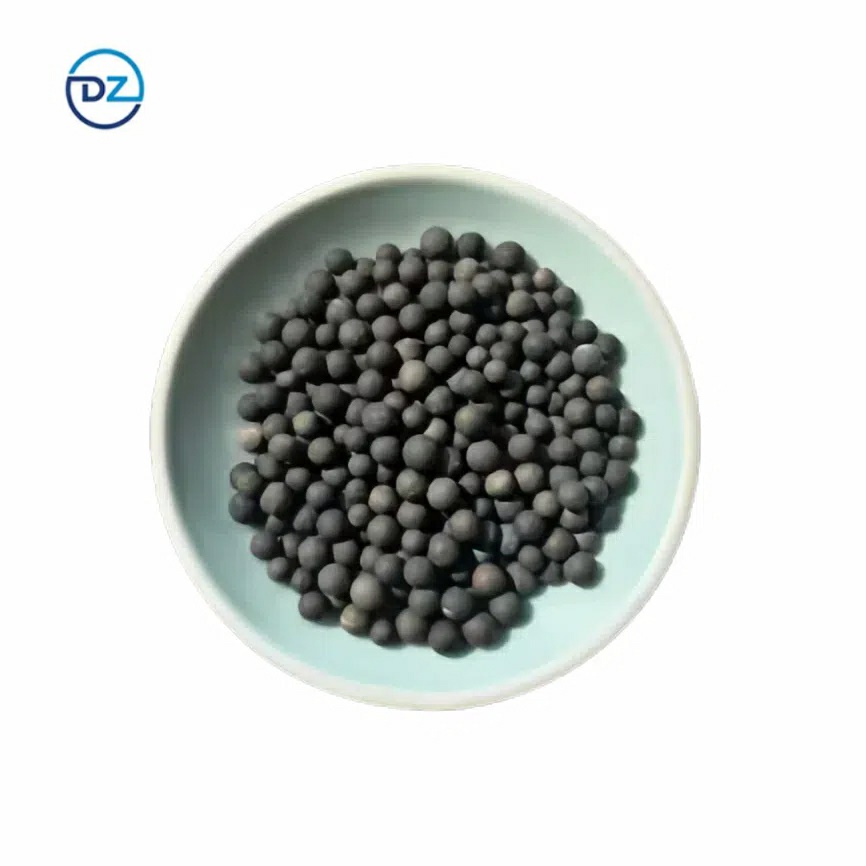
Pd/Al2O3 Deoxidation Catalyst (DZC-P05)
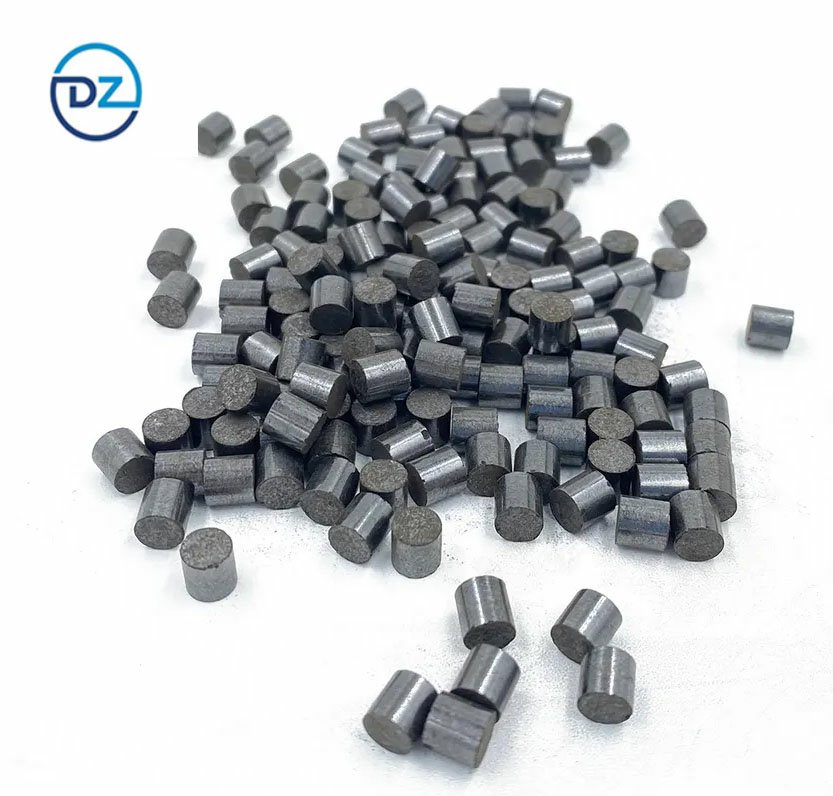
VPH (Vapor Phase Aldehyde Hydrogenation) Catalyst DZC-VPH12
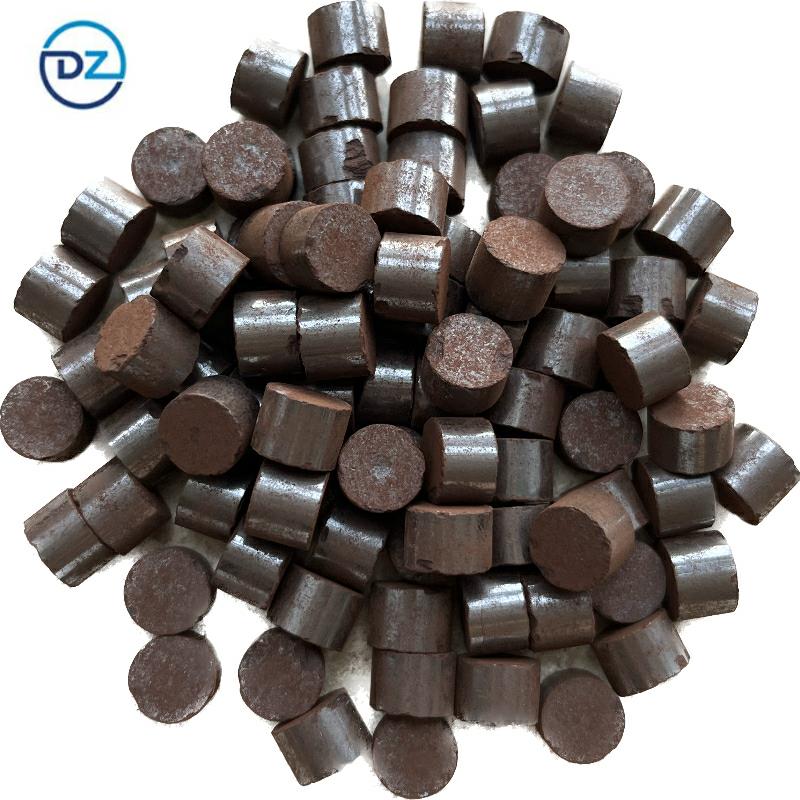
HTS High temperature CO Shift Catalyst DZC-F96
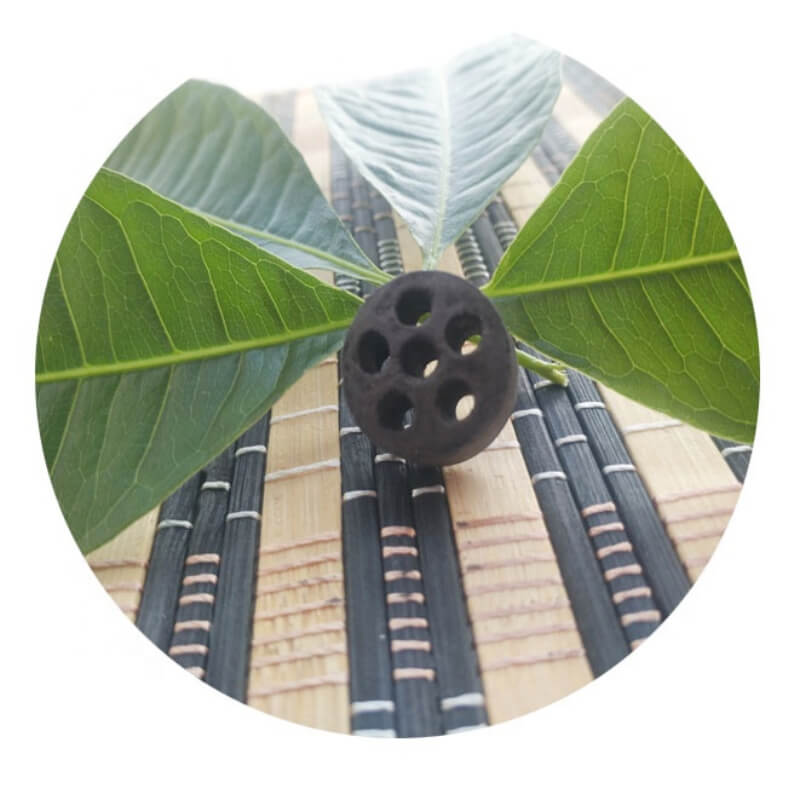
Hydrocarbon Steam Reforming Catalyst DZC-28Q
<< Previous Page
Next Page >>